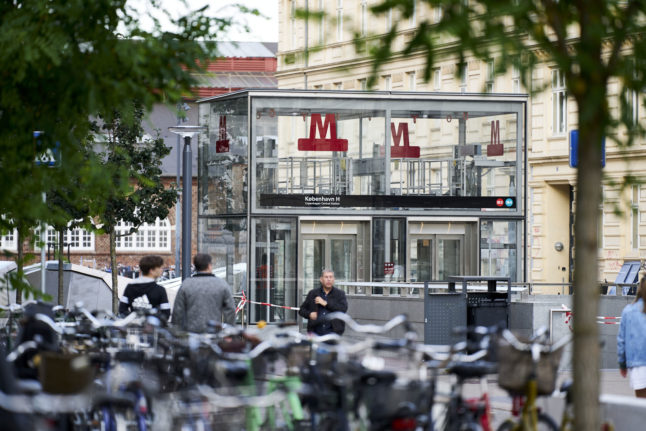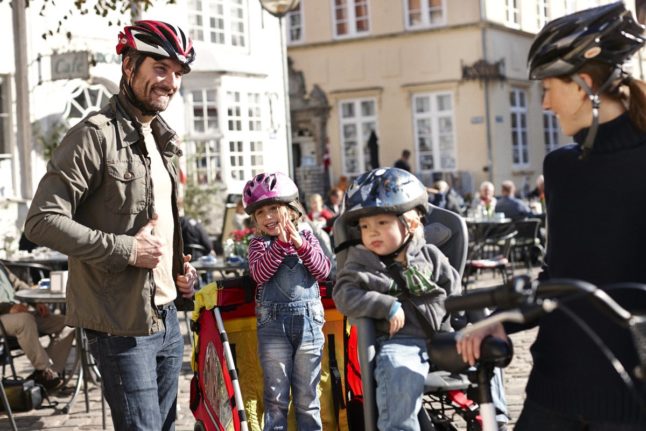A decision has been made at the city government to commit to the project after it was given two possible options for an extension of the Metro, Copenhagen Municipality said in a statement.
The final choice will mean two new stops, Levantkaj and Nordhavn C, will be added to line M4. The M4 is one of two new lines which opened in 2020.
The 1.7-kilometre extension is scheduled for completion in 2030.
READ ALSO:
- Denmark open to Malmö metro link if Sweden foots the bill
- How to fake being a local on the Copenhagen Metro
The two new stations will be placed after Orientkaj station, which is currently the terminus of the M4 line.
A large majority of parties at the municipal government including the Social Democrats, Conservatives, Socialist People’s Party (SF), Social Liberals, Liberals, Liberal Alliance and Danish People’s Party have agreed on the two new Metro stops.
The expected cost of construction for the extended line is 2.1 billion kroner.
“Copenhagen is growing and 35,000 people will call Nordhavn their home in the future. That calls for responsible decisions now so we can ensure that the Metro keeps pace with the growing number of residents in the area,” Copenhagen Mayor Sophie Hæstorp Andersen said.



 Please whitelist us to continue reading.
Please whitelist us to continue reading.
Member comments